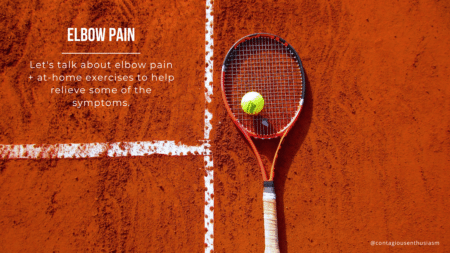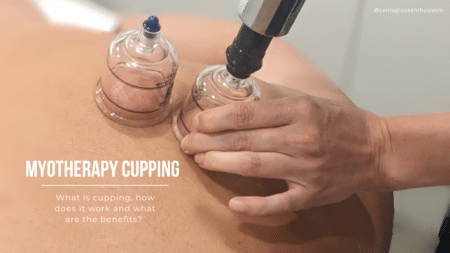Acupuncture vs Myofascial Dry Needling (MDN)
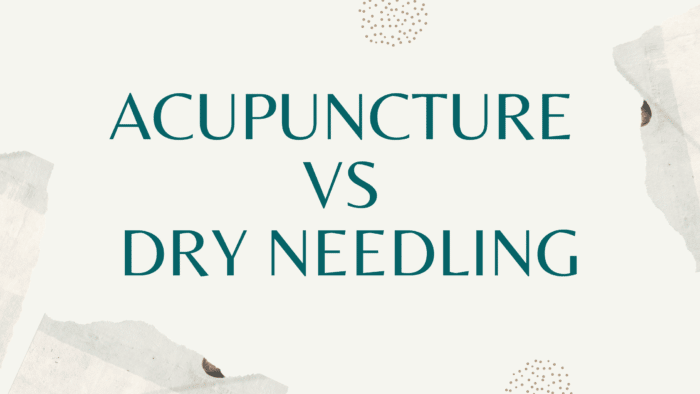
What are the differences, similarities and benefits of both? Let’s dive in.
If you walked into a room with two patients lying on a massage bed, both with needles sticking out of their skin, you probably wouldn’t be able to tell which is receiving acupuncture, and which is receiving dry needling (DN). Perhaps you thought acupuncture and DN was the same thing. Maybe you’ve never heard of DN. You might not have heard of acupuncture. Well, don’t stress – you’re in the right place! We’re about to explore everything you need to know about the philosophies, differences and similarities of both. So, without further ado, let’s begin.
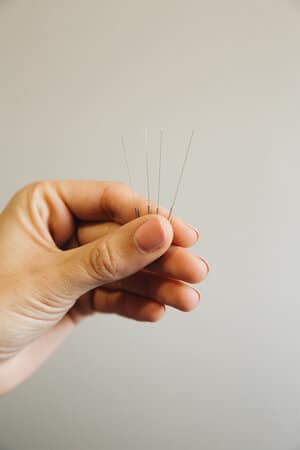
Philosophies
Acupuncture
Traditional Chinese Medicine is a system of medicine that encompasses acupuncture, Chinese herbal medicine, body work such as cupping and gua sha, and ‘yang sheng’, or nourishing life practices such as dietary therapy and lifestyle adjustments.
The earliest documentation that refers to acupuncture procedures is The Yellow Emperor’s Classic of Internal Medicine, a book dating from about 100 BCE, however there is some evidence of the use of meridians even earlier than this from between 6000-3000 BCE. One of the most prominent books still in use today by many Chinese Medicine herbalists was written in the Han dynasty dating between approx 200BC-200AD.
What to expect
- You may feel a small prick/sting when the needle is being inserted into the skin. As the needles are so thin, this feeling is minimal.
- You may have needles in multiple areas of the body.
Sometimes, the point in which the needle is inserted IS NOT the site of pain. This is due to the flow and channels. - The needles stay in for 20 minutes, and during this time you lay still on a treatment bed.
- Removing the needles is painless.
Dry Needling
In the 1940s, medical doctors Janet Travell and David Simons first proposed the concept of injecting into a myofascial trigger point (MTrP). Trigger points can be recognised by the layman as a ‘knot’ in the muscle. Travell and Simons tried injecting many substances into the MTrPs, and were well respected in their field.
However, it wasn’t until 1979 when a Czech physician, Karel Lewit, began the study of ‘dry’ needling. This means no substances were being injected into the MTrP, as the needles did not contain liquid, hence: dry. Since then, there have been many models of dry needling.
Fun Fact: Dr Travell was so well respected that she was the primary physician for US President John F Kennedy.
Myofascial Dry Needling is a technique used by therapists whom treat musculoskeletal dysfunction (example: myotherapists, osteopaths, physiotherapists). A thin dry needle is inserted into the MTrP, the needle is moved and the therapist aims to create referral pain or a twitch response from the muscle. Both of these responses are considered to be positive in treating the overall condition or pain the patient was initially presenting with.
What to expect
- You may feel a small prick/sting when the needle is being inserted into the skin. As the needles are so thin, this feeling is minimal.
- As the needle moves further into the muscle, it is normal to feel an ache at the site of the needle, a referral pain (pain that travels to another part of the body), and/or some muscle twitching. These are not only normal responses, but also great responses to have.
- Your therapist will most likely ask for feedback.
- The needles stay in for up to 10 minutes. During this time, your therapist may leave the needles to stay, or might move the needles to bring on a stronger response.
- Removing the needles is painless.
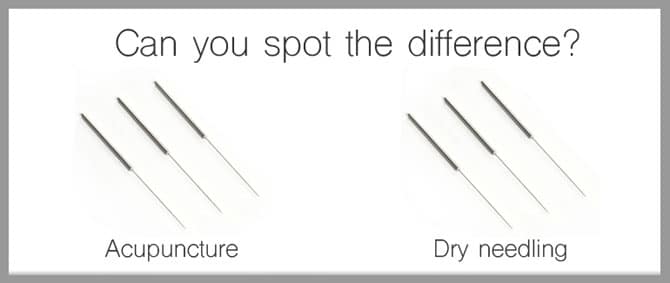
Similarities
- Both techniques involve puncturing the skin and inserting the needle directly into the tissue
- Both techniques use the same type of needles.
The needles used are extremely thin, and application into the skin is often close to painless. Most patients report feeling a very slight pinch on penetration through the skin. - Both techniques have many different applications, styles and techniques.
- Both can be used to treat some of the same pathologies of the body.
Example: a Chinese Medicine Doctor can use acupuncture to treat headaches; a myotherapist can use dry needling to treat headaches.
Differences
While the both techniques look similar and have a similar application, acupuncture and DN are completely different modalities and forms of therapy. A summary of these differences:
- Acupuncture is a practice used in Traditional Chinese Medicine, while DN is a practice used in Musculoskeletal Therapies (myotherapy, osteopathy, physiotherapy, etc.)
- Acupuncture can be used to treat more ‘internal’ conditions, such as digestive health, menstrual cramps, and fertility (as well as many other things!). Dry needling is used to treat musculoskeletal conditions, such as frozen shoulder, sciatica and chronic pain.
- During DN, the needles are inserted deeper into the muscles, whereas the needles may not penetrate the muscle fibres during acupuncture. However, this may depend on the area in which you are receiving acupuncture.
As a result, DN may be slightly more uncomfortable than acupuncture. - During a session of acupuncture, the needles are left in for 20 minutes, whereas the needles may only be left in for up to 10 minutes during dry needling. Again, this may depend on where and why you are receiving the treatment.
To learn more about acupuncture, you can chat to our Chinese Medicine Doctor, Lea Zarnowski .
To learn more about dry needling, you can chat to one of our myotherapists.
Written by Dr Lea Zarnowski and Ashlee Crisp




